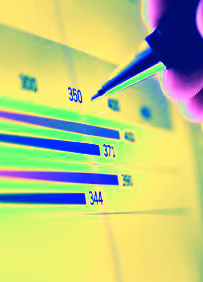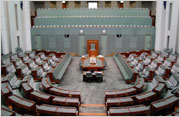Coal role drops in national stats
 Australia’s National Electricity Market hits record demand and renewable energy highs in Q4 2024.
Australia’s National Electricity Market hits record demand and renewable energy highs in Q4 2024.
According to the Australian Energy Market Operator’s (AEMO) Quarterly Energy Dynamics report gives a snapshot of the nation’s evolving energy landscape amid rising temperatures and increasing electrification.
The NEM’s average quarterly underlying demand reached 23,737 megawatts (MW), marking a 2.4 per cent year-on-year rise and the highest for any December quarter since at least 2016.
A new maximum demand record of 33,716 MW was set, driven by higher temperatures and a shift from gas to electricity usage.
At the same time, distributed photovoltaic (PV) output soared to a record average of 4,054 MW across the NEM, an 18 per cent increase from the previous high in 2023.
This surge in rooftop solar contributed to record-low minimum demand levels across multiple states, including Queensland, New South Wales, South Australia, and Tasmania.
“The rise in rooftop solar output, coupled with record low coal-generation availability, resulted in coal-fired generation contributing less than 50 per cent of the NEM’s total generation for the first time,” said AEMO’s Executive General Manager of Reform Delivery, Violette Mouchaileh.
Renewable energy supplied a record 46 per cent of the NEM’s electricity, peaking at 75.6 per cent on 6 November 2024. This led to the lowest emissions on record, with total emissions falling to 24.9 million tonnes of carbon dioxide equivalent, down 1.7 per cent from the previous year.
Wholesale electricity prices averaged $88 per megawatt hour (MWh), up 83 per cent from Q4 2023 but down 26 per cent compared to Q3 2024.
New South Wales and Queensland posted record-high quarterly prices at $143/MWh and $127/MWh, respectively, influenced by high demand, reduced coal generation, and transmission constraints. Victoria recorded the lowest average price at $45/MWh, followed by South Australia at $52/MWh and Tasmania at $74/MWh.
“The role of new transmission projects such as VNI West, Project EnergyConnect, and HumeLink will be critical in sharing the lowest-cost energy throughout the NEM,” Ms Mouchaileh noted.
The report also highlighted a rise in negative price events, occurring 23.1 per cent of the time across the NEM, with regional peaks in South Australia (38 per cent), Victoria (34.3 per cent), and New South Wales (13.3 per cent).
In Western Australia, coal generation fell by 19.5 per cent, offset by growth in rooftop solar (20.3 per cent), gas (14.4 per cent), and battery storage contributions, which surged by 1,400 per cent. The state achieved a new quarterly renewable energy contribution record of 46.4 per cent, peaking at 85.1 per cent during one interval in November.
Western Australia’s domestic gas consumption declined by 2.6 per cent, while production dipped 1 per cent compared to Q4 2023.
Meanwhile, east coast wholesale gas prices rose to $13.60 per gigajoule, driven by record Queensland liquefied natural gas exports and increased gas-fired power generation.








 Print
Print